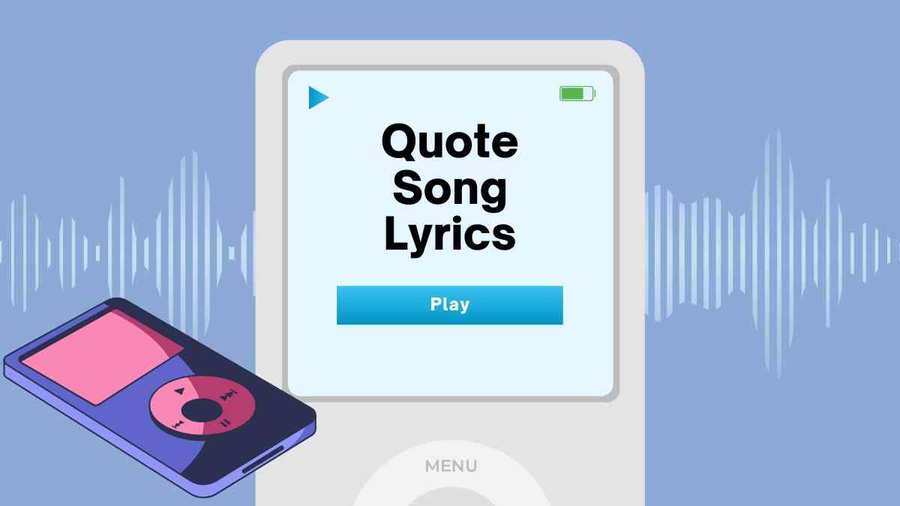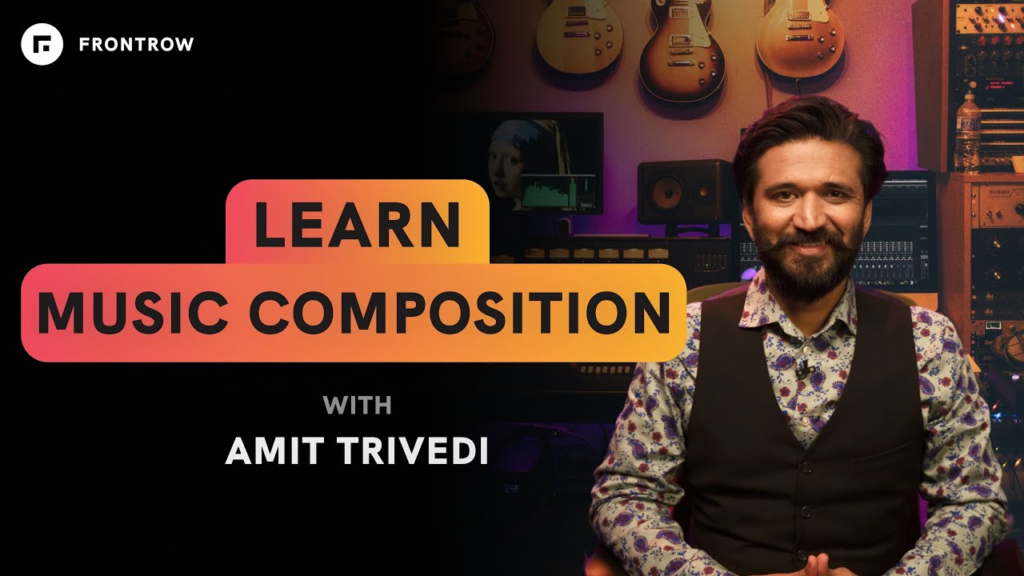How to Quote Song Lyrics: A Comprehensive Guide

Song lyrics have a unique ability to capture emotions, tell stories, and resonate with audiences, making them a powerful tool for writers. Whether you're crafting an essay, a blog post, a novel, or even a social media caption, quoting song lyrics can add depth and relatability to your work. However, using song lyrics isn't as simple as copying your favorite lines and pasting them into your text. Song lyrics are protected by copyright laws, and improper use can lead to legal consequences. In this 1000-word article, we'll explore the ins and outs of quoting song lyrics, covering copyright basics, fair use considerations, proper attribution, formatting techniques, and the process of obtaining permission when necessary. By the end, you'll have a clear roadmap for quoting song lyrics responsibly and effectively.
---
Understanding Copyright and Song Lyrics
At the core of quoting song lyrics is **copyright**, a legal framework that protects original works of authorship, including music and lyrics. Copyright grants the creator—typically the songwriter or music publisher—exclusive rights to control how their work is used and distributed. For song lyrics, this protection begins as soon as the work is fixed in a tangible form, such as being written down or recorded, and it lasts for the creator's lifetime plus a set number of years (often 70 years after their death, depending on the country).
For example, the lyrics to "Bohemian Rhapsody" by Queen, written by Freddie Mercury, remain under copyright, meaning you can't use them freely without permission from the copyright holder, likely the band's music publisher or Mercury's estate. Violating copyright can result in legal action, such as cease-and-desist letters or lawsuits, especially if the use is commercial or widespread.
Respecting copyright is not just about avoiding trouble—it’s about honoring the creative labor of artists. Songwriters pour their hearts into their lyrics, and copyright ensures they can benefit from their work. Before quoting lyrics, it’s critical to understand these protections and the boundaries they set.
Example :
The club isn't the best place to find a loverSo the bar
is where I goMe and my friends at the table
doing shotsDrinking fast
and then we talk slowCome over
and start up a conversation with
just meAnd trust me I'll give it a chance nowTake my hand
, stop, put Van the Man on the jukebox
And then we start to dance, and now I'm singing likeWork Cited
Shape of You
Song by Ed Sheeran ‧ 2017 , https://www.edsheeran.com/
Fair Use: A Limited Exception
One potential way to quote song lyrics without permission is through **fair use**, a doctrine in copyright law that permits limited use of protected material for purposes like criticism, commentary, news reporting, teaching, scholarship, or research. However, fair use is not a free pass—it’s a nuanced concept that depends on context.
Courts evaluate fair use based on four factors:
1. **Purpose and character of the use**: Is your use transformative (adding new meaning or insight) or merely reproductive? Educational or non-commercial uses are more likely to qualify.
2. **Nature of the copyrighted work**: Creative works like song lyrics receive stronger protection than factual content.
3. **Amount and substantiality**: Quoting a small, non-essential portion is more defensible than using a large or iconic part of the song.
4. **Effect on the market**: If your use could harm the song’s commercial value (e.g., reducing demand for the original), it’s less likely to be fair use.
For instance, quoting a single line from Taylor Swift’s "Shake It Off" in a music review to analyze her lyrical style might qualify as fair use. However, reprinting an entire chorus in a novel without permission likely wouldn’t, as it could substitute for experiencing the song itself.
Fair use is determined case-by-case, and there’s no magic formula for how much you can quote. Because song lyrics are highly creative and often concise, even a small excerpt can carry significant weight, making fair use trickier to apply. When unsure, it’s wise to limit your use or seek permission rather than assume protection under fair use.
---
Properly Attributing Song Lyrics
Even if your use of lyrics might fall under fair use, **attribution** is a must. Giving credit to the original artist and songwriter is both an ethical practice and a way to avoid plagiarism accusations. Proper attribution also enhances your credibility and helps readers connect with the source material.
When quoting lyrics, include:
- The song title (in quotation marks)
- The artist’s name
- Optionally, the album or release year for context
Here’s an example:
> As Paul Simon wrote in "The Sound of Silence," "Hello darkness, my old friend, I’ve come to talk with you again."
In formal writing, such as academic papers, you might need a full citation following a specific style guide like MLA or APA. For instance:
> Simon, Paul. "The Sound of Silence." *Sounds of Silence*, Columbia Records, 1966.
Some style guides have detailed rules for citing songs, so check your chosen format if applicable. Attribution doesn’t exempt you from copyright rules, but it’s a critical step in using lyrics respectfully.
---
Formatting Quotes from Song Lyrics
How you present song lyrics in your writing depends on their length and your medium. Proper **formatting** ensures clarity and preserves the artistic intent of the lyrics. Here are the basics:
- **Short quotes**: For a few words or a single line, integrate the lyrics into your text with quotation marks. For example:
> In "Yesterday," The Beatles lament, "All my troubles seemed so far away."
- **Longer quotes**: For multiple lines or a verse, use a block quote, indented and separated from your text. Preserve the original line breaks and structure:
> Joni Mitchell’s "Big Yellow Taxi" warns:
>
> They paved paradise
> And put up a parking lot
> With a pink hotel, a boutique
> And a swinging hot spot
If you omit part of a line, use ellipses (...) to indicate the omission, but ensure the meaning stays true. Lyrics often rely on rhythm and rhyme, so strive to reflect their natural flow. In digital formats, consider how line breaks display across devices to maintain readability.
---
Getting Permission to Use Song Lyrics
When your use exceeds fair use—such as quoting large portions or using lyrics commercially—you’ll need to **seek permission** from the copyright holder. This might be the music publisher, the songwriter, or their estate, depending on the song.
Here’s how to do it:
1. **Identify the copyright holder**: Check performing rights organizations like ASCAP, BMI, or SESAC, which maintain databases of song ownership.
2. **Make contact**: Submit a request detailing the lyrics you want to use, the amount, and the context (e.g., a book, website, or film).
3. **Negotiate terms**: If approved, you may need to pay a fee, which varies based on the song’s popularity and your project’s scope. Terms might also include restrictions on use.
4. **Secure written permission**: Always get approval in writing to protect yourself legally.
The process can take weeks or months, and permission isn’t guaranteed. Fees can range from modest to prohibitive, especially for iconic songs. If permission is denied or impractical, consider paraphrasing the lyrics or using a public domain alternative (e.g., songs whose copyright has expired, like pre-1920s works in the U.S.).
---
Best Practices for Quoting Song Lyrics
To quote song lyrics effectively and legally, keep these tips in mind:
- **Quote sparingly**: Use only what’s necessary to support your point.
- **Credit consistently**: Always attribute the artist and songwriter.
- **Respect the work**: Don’t distort the lyrics’ meaning or intent.
- **Adapt to your medium**: Online uses may face stricter scrutiny, so be cautious with digital publications.
- **Err on caution**: If fair use is unclear, seek permission or consult a legal expert.
---
Conclusion
Quoting song lyrics can elevate your writing, infusing it with emotion and cultural resonance. However, it’s a privilege that comes with responsibilities. By grasping copyright principles, navigating fair use, attributing sources, formatting thoughtfully, and securing permission when needed, you can use lyrics in a way that’s both impactful and lawful. Songwriters deserve recognition for their artistry, and following these guidelines ensures you honor their work while enriching your own. Whether you’re quoting a timeless classic or a modern hit, this approach will let you weave lyrics into your writing with confidence and integrity.





